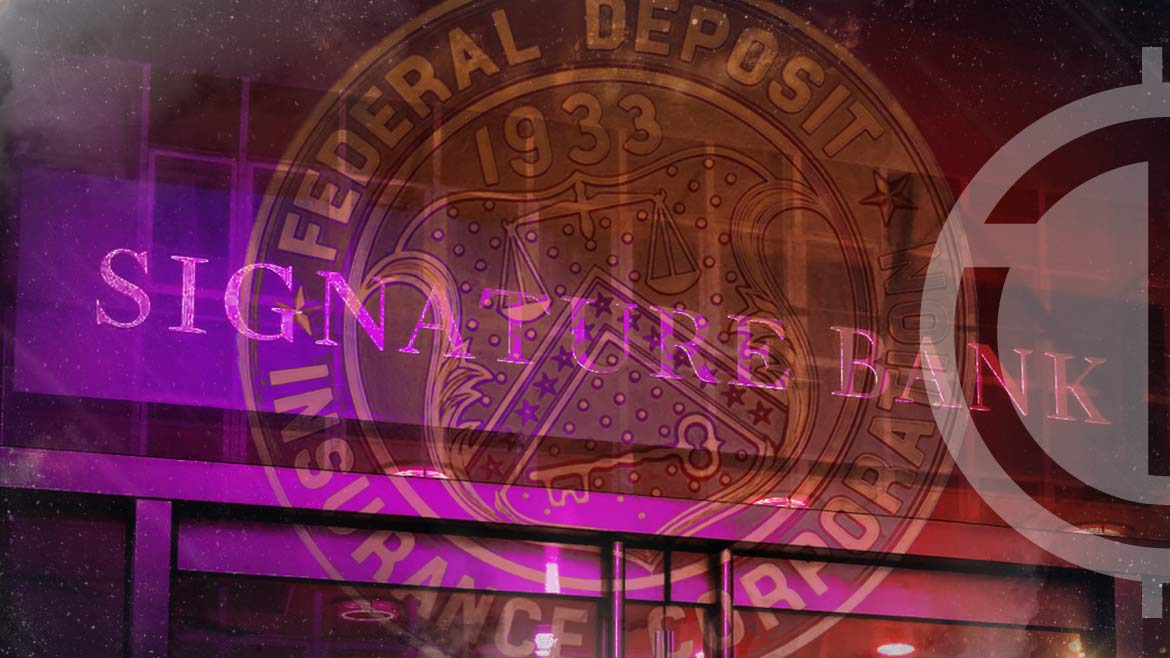
Crypto entrepreneurs are becoming increasingly wary of the Federal Deposit Insurance Corporation (FDIC), following concerns that the recent attempts to cut off the crypto industry’s connectivity to the banking system may be reminiscent of Operation Choke Point. This little-known Obama-era program sought to marginalize specific industries operating legally by applying pressure via the banking sector.
The program started by targeting uncontroversial sectors such as payday lenders, but the Department of Justice (DoJ) eventually coordinated with the FDIC and OCC to pressure member banks to determine as too risky to do business with certain legal but politically disfavored sectors, chief among them firearms manufacturers and adult entertainment.
Although the program was officially closed under Trump in 2017, its shadow has lingered, with banks now ascribing a higher risk to activities that they suspect might draw the government’s ire, even if no specific guidance exists. Furthermore, since Choke Point ended, using financial rails as an extra-judicial political cudgel has become more popular.
Recently, Twitter user @oxfoobar tweeted highlighted the FDIC’s claims that any buyer of Signature Bank must agree to give up all the crypto business at the bank. The Signature closure was a targeted takeover in the darkness of a Sunday night to kill off legal activity from banking rails, and some believe it to be part of Operation Choke Point 2.
As a result, banks are becoming increasingly unwilling to engage with the asset class. In the wake of the Custodia decision, obtaining a new charter for a crypto bank looks extremely unlikely. Banking innovations at the state level, like Wyoming’s SPDI for crypto banks, appear dead in the water. Federal Charters for crypto firms with the OCC also look dead in the water.
As crypto-facing banks “de-risk,” younger and smaller firms will struggle to get banking, taking us back to the 2014 to 2016 period when fiat access for crypto businesses was at an extreme premium.













